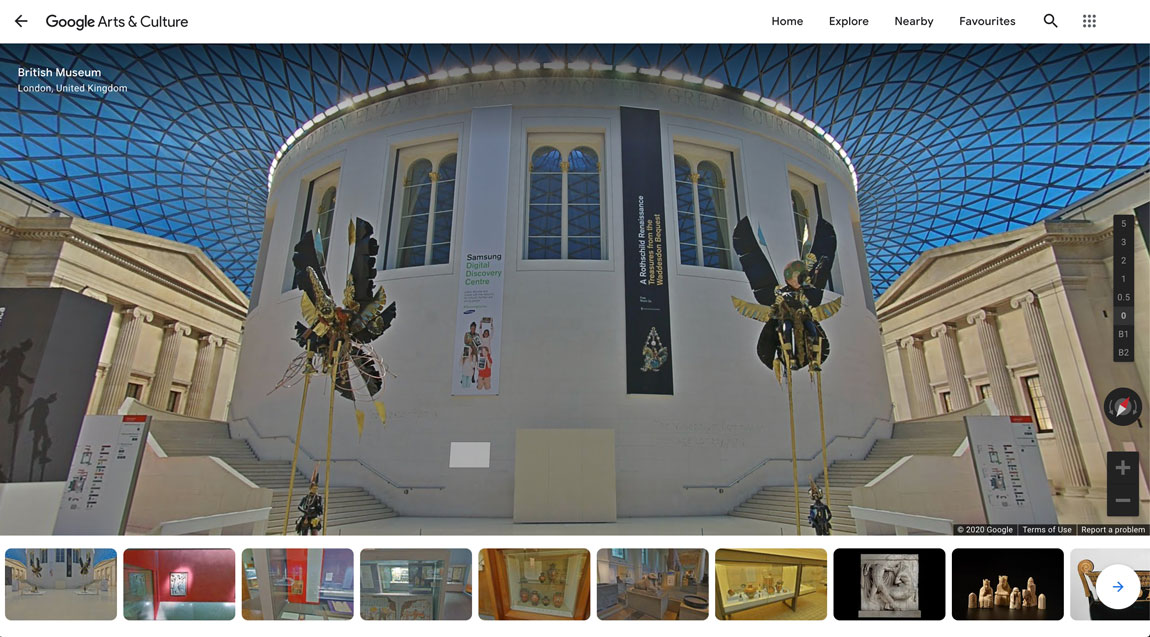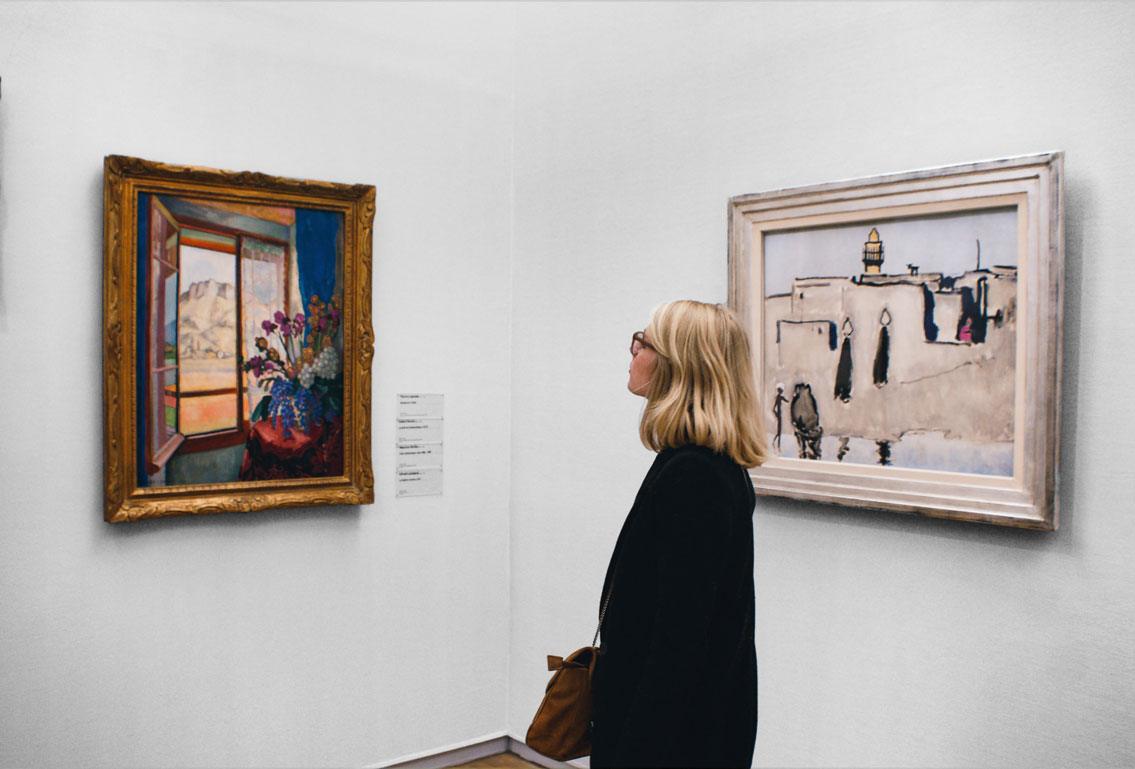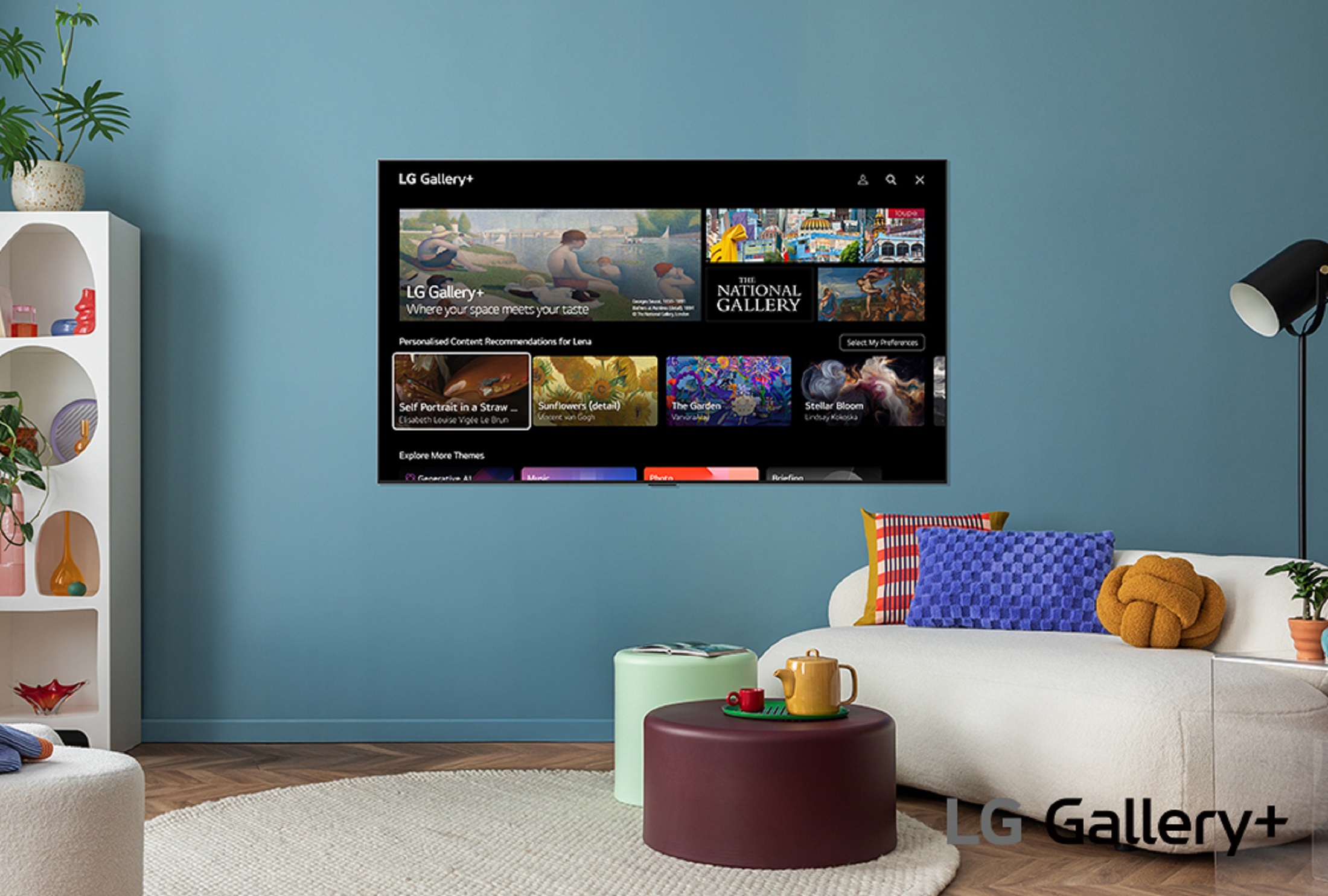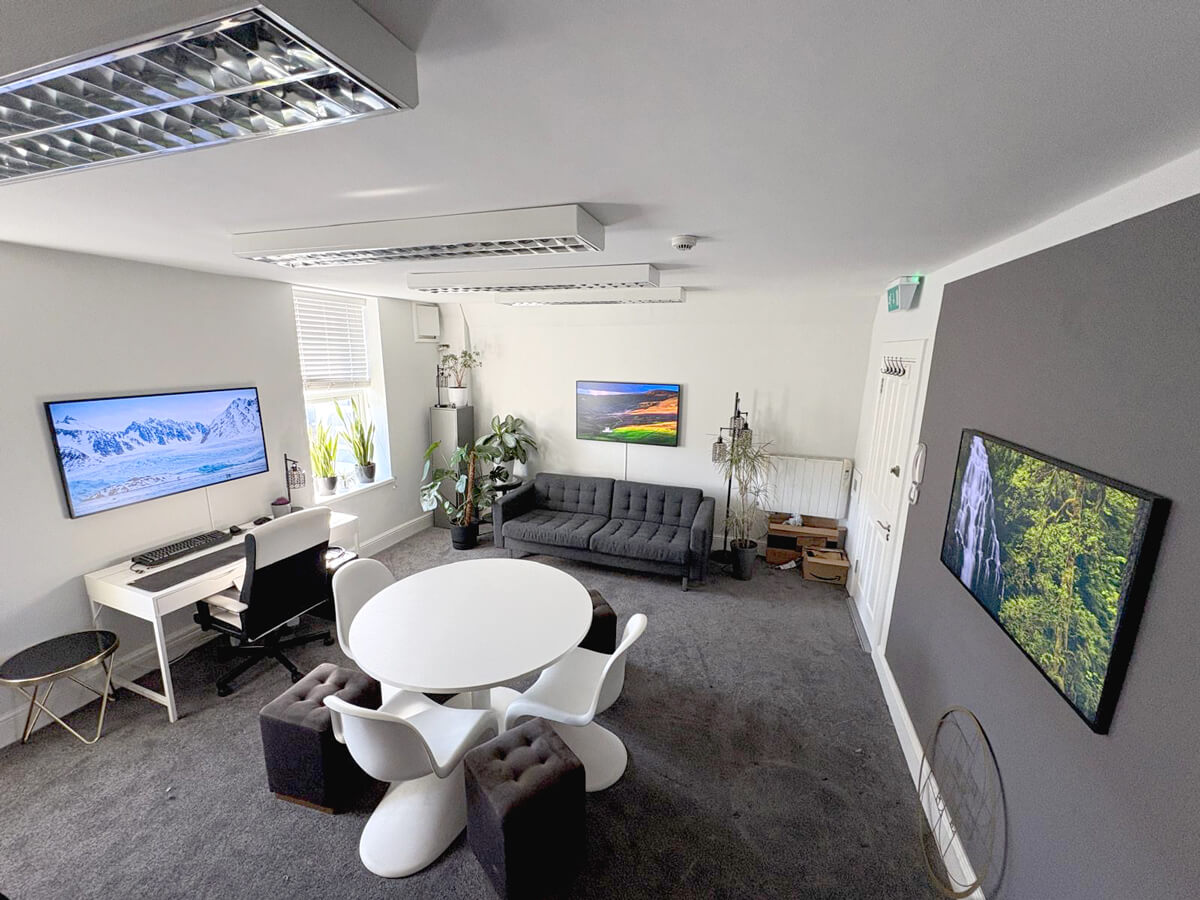Art Is Going Digital in 2020
The digitization of the art world is happening simultaneously worldwide.
We were not surprised at the digital turnaround arising from the Coronavirus outbreak. The amount of alternatives emerging are fascinating, and not few. From institutions, to museums, to new platforms… This digital migration is happening fast.
As we have talked about before, we do not believe this migration is necessarily a downgrade in quality. Instead, it expands our possibilities of consumption.
Closed Doors and Open Sites: Digital Migration VS. Born Digital
Art Basel, Cannes Film Festival, European Fine Art Fair (TEFAF)… postponed. The Olympic 2020 Tokyo games, now happening in 2021. But beyond the apparent crickets that are now taking over the museums and galleries, we realize art has migrated somewhere else: online.
The Getty, for instance, has made available several of their exhibitions online, accompanied by audio tours, and it’s not the only one. Museums worldwide have jumped on the #MuseumsFromHome wagon: Moma, Louvre, and more each day are providing online tours, streaming sessions, learning resources, and plenty of alternatives to let their collections live on at the homes of their audience.
As a consequence, many of the online art experiences are now live.
The Pompidou Centre is starting a rendez-vous in the shape of a “salle de cinéma dématérialisée” on Wednesdays to watch films from their collection. The National Gallery of Art hosts mini-tour Twitter threads and Instagram Stories.
Some digital alternatives are not new, such as Street View on Google Arts and Culture where you can tour The British Museum, the Rijksmuseum, the Uffizi Galleries, the Musée d’Orsay, Pergamonmuseum… Plus, if you miss the outdoors, you may want to take a tour of street art in cities around the globe, including Banksy’s murals.

Those already born digital are stepping up too. “The museum guide app Smartify has announced that it will make all its audio guides free for the remainder of 2020”. Digital galeries and online exhibitions are a thing now more than ever.
Solidarity – or a new way to understand access
New York performing artists, organized under Trickle Up NYC, have come together to launch an online platform where they publish original content, available under a 10€ subscription fee. The goal is to help support artists whose work depends on physical assistance, such as dance, theatre or performance.
But NY artists are not the only ones taking matters into their own hands. Video creators can now publish their content on Means TV, “the world’s first post-capitalist, cooperatively run streaming service”. Similarly, you can access all content through a $10 monthly fee, which the platforms states, will distribute fairly among creators.
These initiatives have one thing in common: the relation between art and the final consumer is direct.
They offer their content in exchange for monthly economical support. Therefore, artists detach themselves from bigger organizations and autonomously generate their own means of living.
Indeed, this alternatives are rather new, and consumers are not too familiar with this type of exchange, but the initiatives are solid, based on principles that take into account the most essential factors and invest in the relationship between the artist and the audience. Yet again, this sounds a lot like Temporary Possession.
Online art sales and forced trust
Those concerned with art sales during the lockdown, may find relief in online purchasing. Most art fairs are cancelled, but Art Basel Hong Kong has not stepped down and is showing the way with its online viewing rooms.
The Hiscox Online Art Trade Report stated the concerns that people have with buying art online. Mistrust, illegitimacy or impossibility to inspect the artwork physically were the main arguments that created the debate of whether the online sales would become a stable mean of marketing art or would forever be in second place to fairs and on-site venues.

This crisis is affecting the art world. Perhaps so much, that it will never go back to how it was before.
But staying optimistic and getting creative can shape a promising future.
Thus, we look forward to next year’s report, when, for at least a part of the year, online sales will have been the only mean of acquiring art. It will most definitely show an increase on online sales, but will it also affect its perception? Will buyers evaluate the pros and cons of online buying differently?
Certainly, the minute we are allowed outside again, we will rush into each other’s arms, or we’ll find ourselves hugging sculptures in the British Museum. Meanwhile, WindowSight is preparing a streaming platform for visual art that aims to bring art into every home so that, for now, we can continue to enjoy… from a distance.
You can now stream art to your TV in HQ anytime, anywhere. Stay tuned to learn more about the community on our Instagram at @windowsight and check them all out in the app.
See you there!


